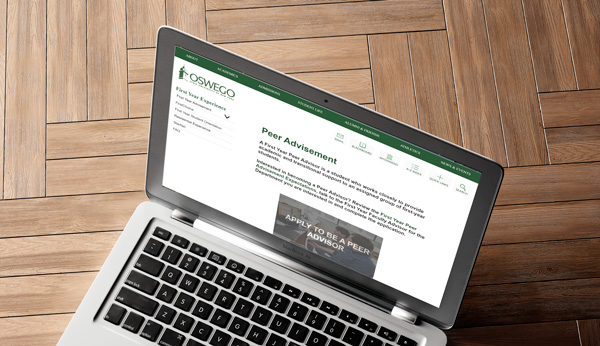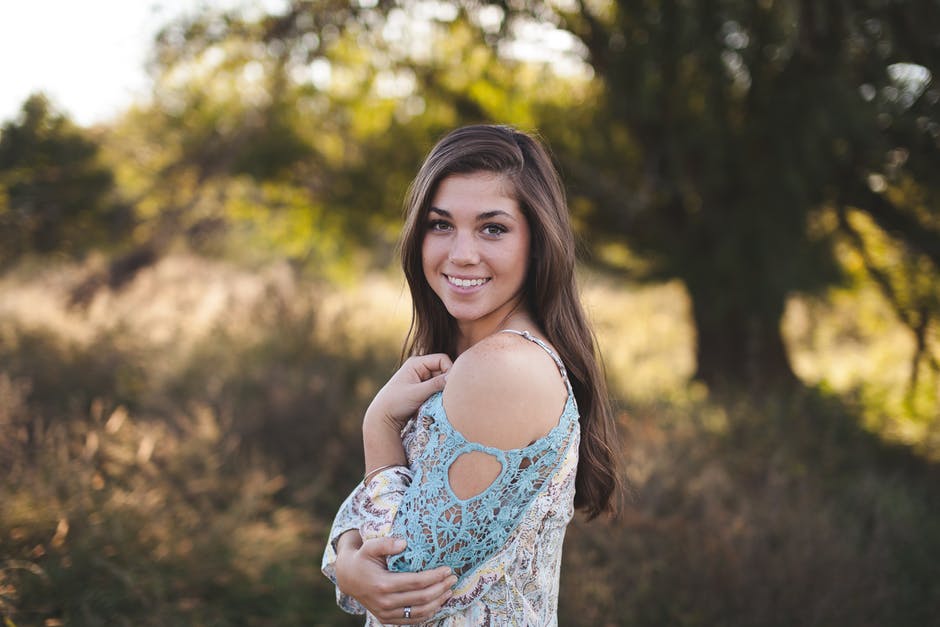
SUNY Oswego First Year Site
Goal
The goal of this project was to improve the SUNY Oswego First Year website. The major functions of this site are to provide resources for freshmen regarding orientation and first year advisement meetings. The site also serves as a resource for first year advisors(i.e. faculty) regarding checklists, agendas, etc. The following details how the project was accomplished.
Research
Contexual Analysis
Current SUNY Oswego students were interviewed to discuss expectations of the website. They were then asked to navigate the original First Year site, the sessions were documented with notes and with audio. Afterwards, a Work Activity Affinity Diagram was used to summarize the data and used to identify common issues, frustrations, and needs of the users.
User Personas
User personas were then generated. For example:

Name: Mattie May
Major: Education 7-12 BS with a concentration in Mathematics
Class: Freshman
Personality: Self professed “extrovert”, very focused to her social media image, loves to watch youtube makeup tutorials, and is very excited to join Greek ,life after her first semester
Technology Expertise: Basic
Goals: Find information pertaining to being a first year student
Needs: To find events on campus, dining hours, gym hours and class times, and a way to communicate and read about organizations on campus.
Frustrations: There isn’t any current information on the incoming student page and throughout the site the information is not in one specific area
Desires: Join clubs on campus, find times for gym and dining hall so she can meet up with her friends and drink plenty of water.
Design Sketches
Usage scenarios were determined and hand drawn sketches were created
Functional Prototype and Formative Evaluation
Medium Fidelity Protoypes were developed - Axure Link here. Cognitive Walkthroughs were conducted and feedback was applied to creating a high fidelity prototype.
High Fidelity Prototype
Axure link to Prototype here
Research Objectives
To determine the efficiency of our redesigned web layout compared to the current layout. Hypothesis: Our redesigned version of the website allows users to complete tasks more efficiently and with greater satisfaction.
Tasks
User was shown the home page of our first year program.
- Task 1: User was asked to find information about student advisement, then peer advisement.
- Task 2: User was asked to find information about reslife and housing, then find a specific dorm.
- Task 3: User was asked to find information about information in the FAQ page.
Discussion
Our results indicate that our redesigned website showed significant improvement in satisfaction in Task 2 as indicated by a higher ASQ score. Though the redesign did not show significant improvement in satisfaction overall as measured by SUS, the new interface was trending towards significantly improved scores with p=0.052. Regarding efficiency, the redesigned interface resulted in significant improvements in Task completion time for Task 2 and 3, as well as a significantly higher success rate of task completion in Task 2 when compared to the original interface.